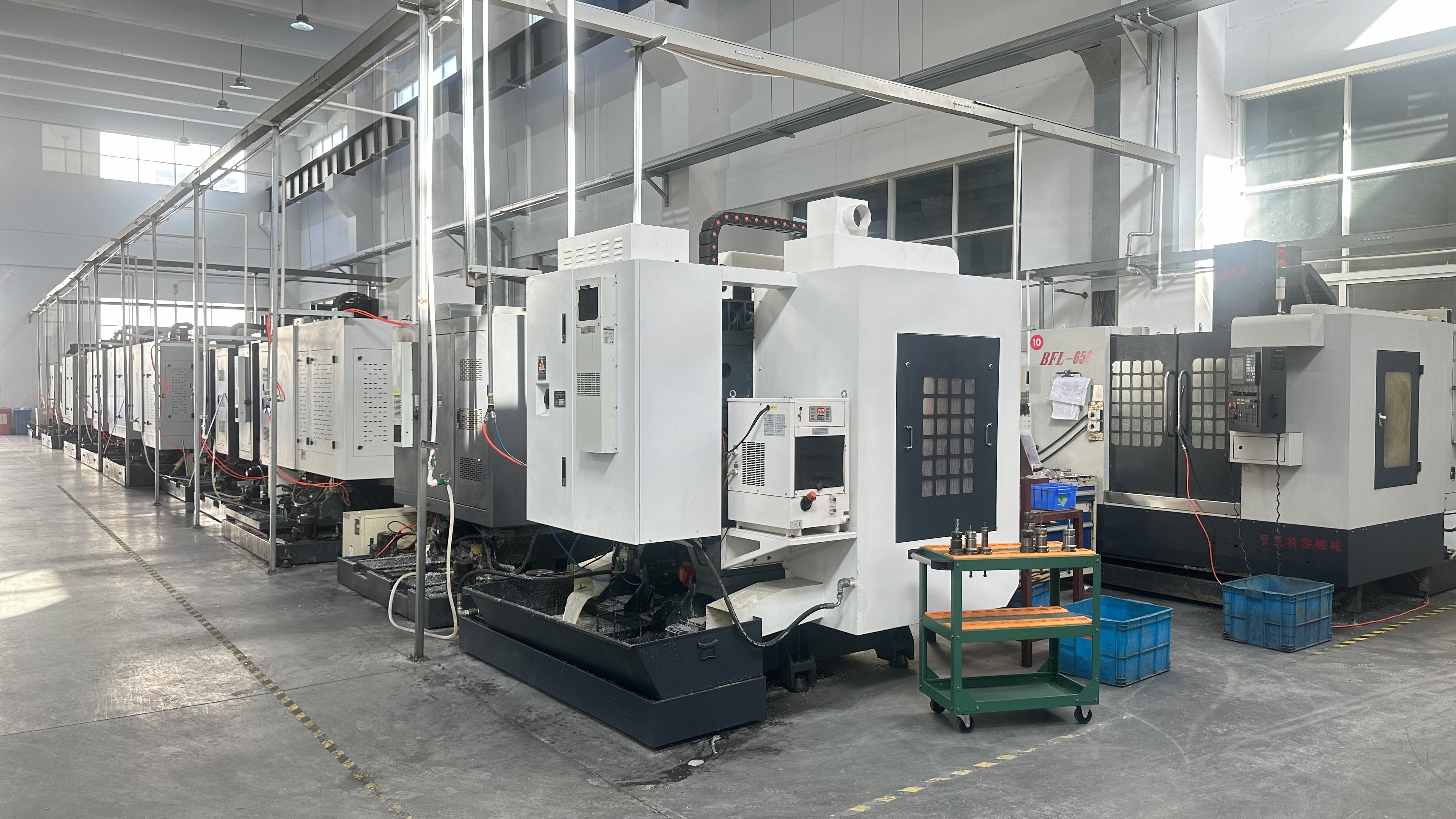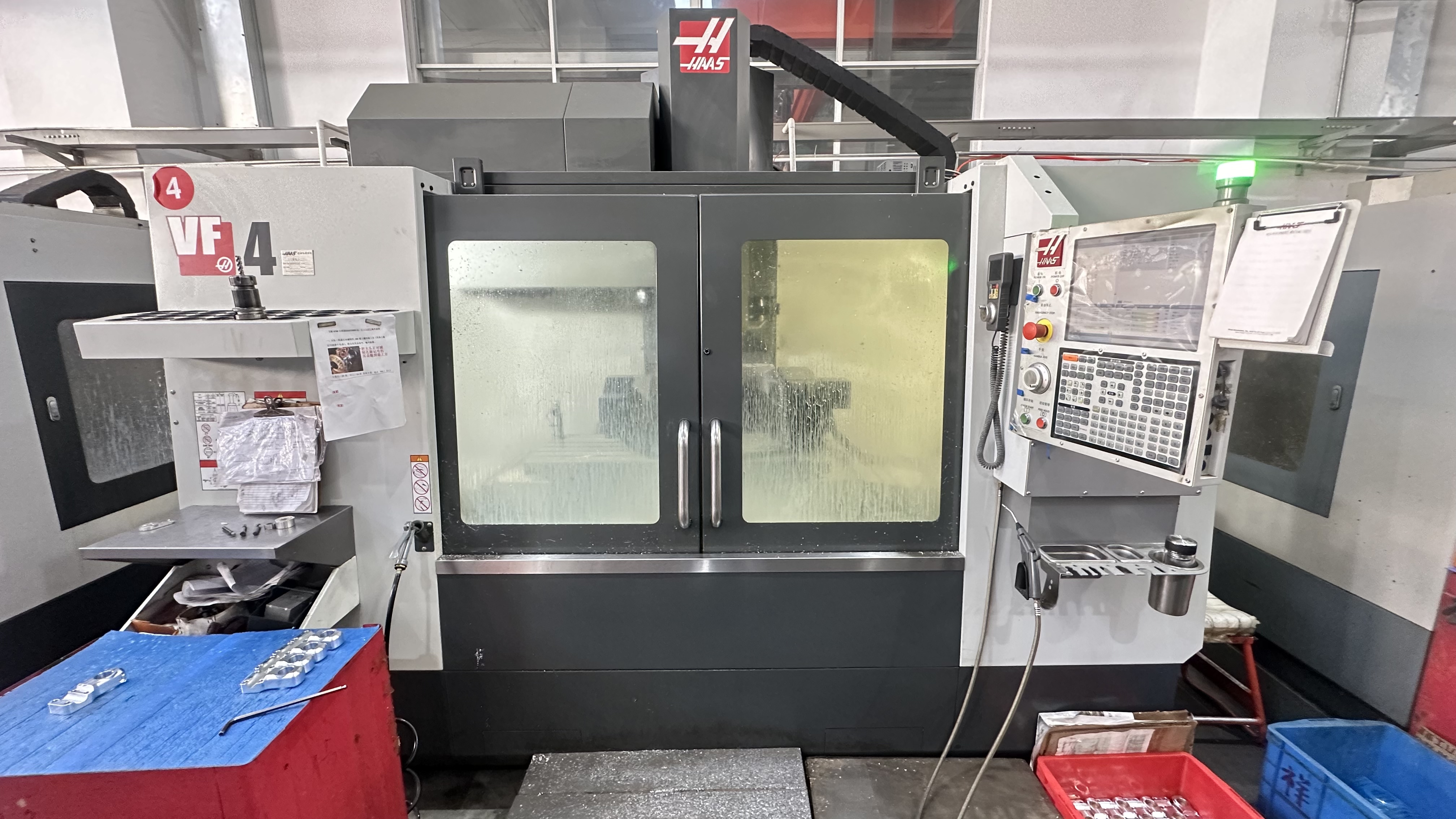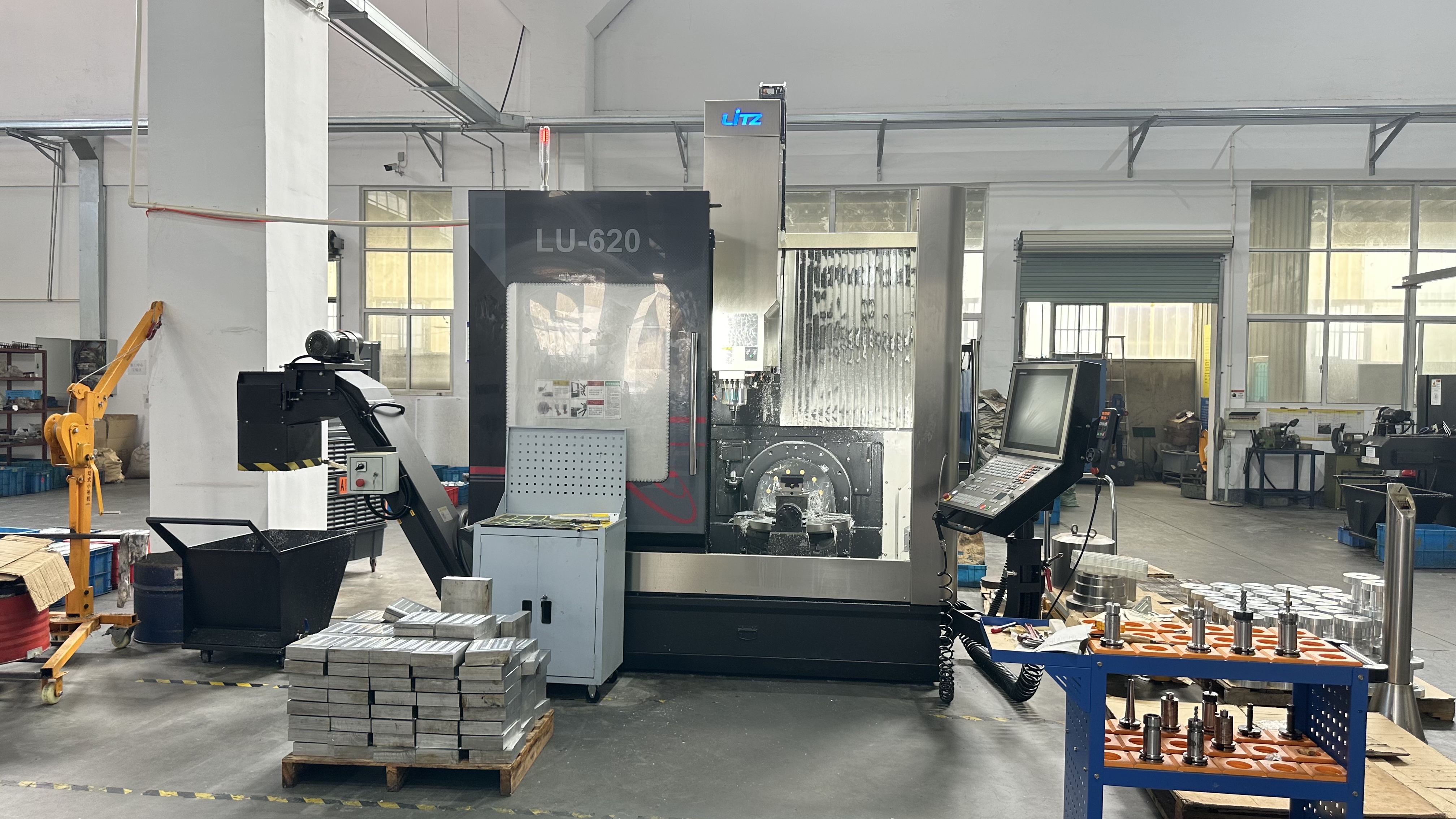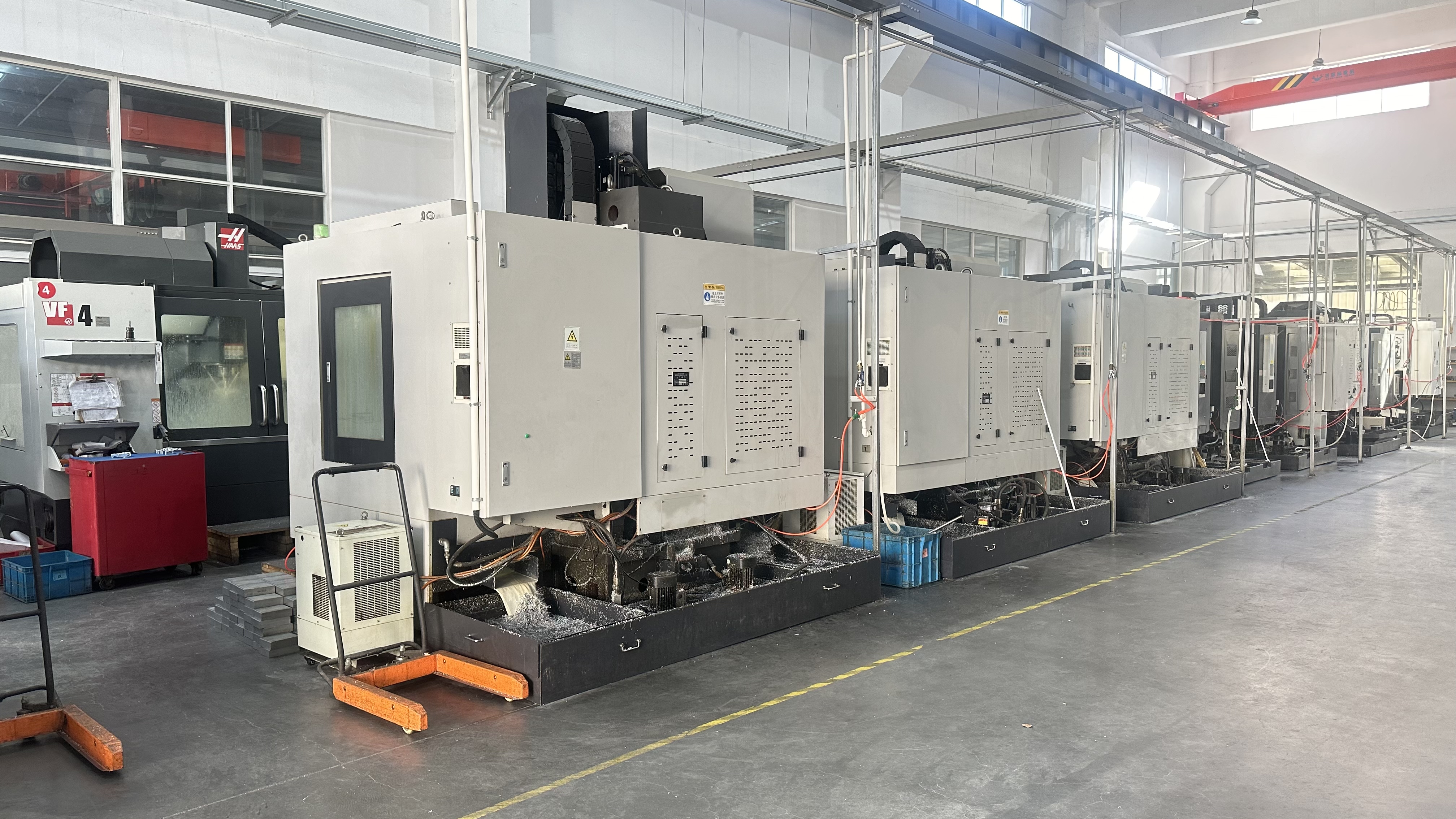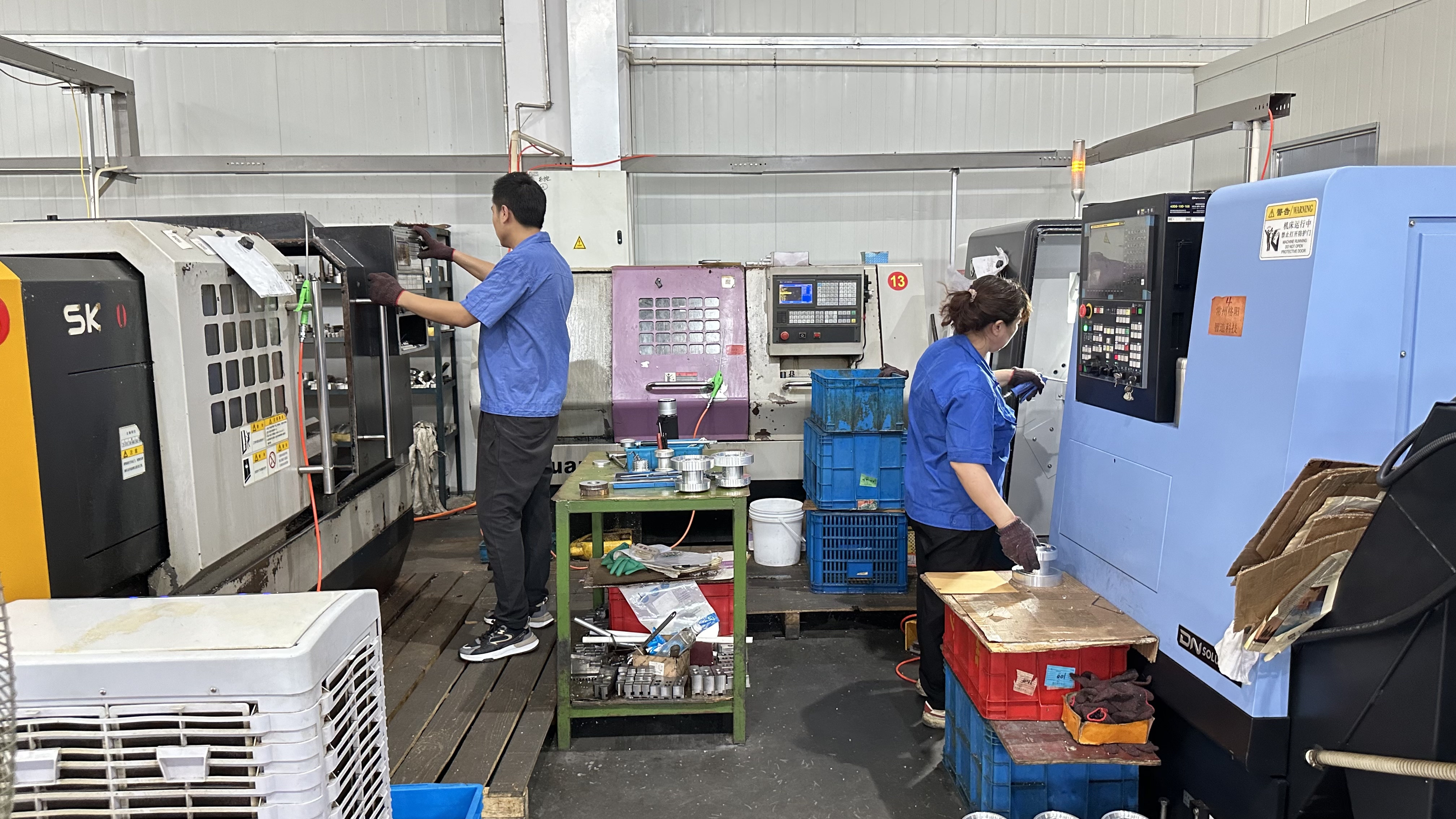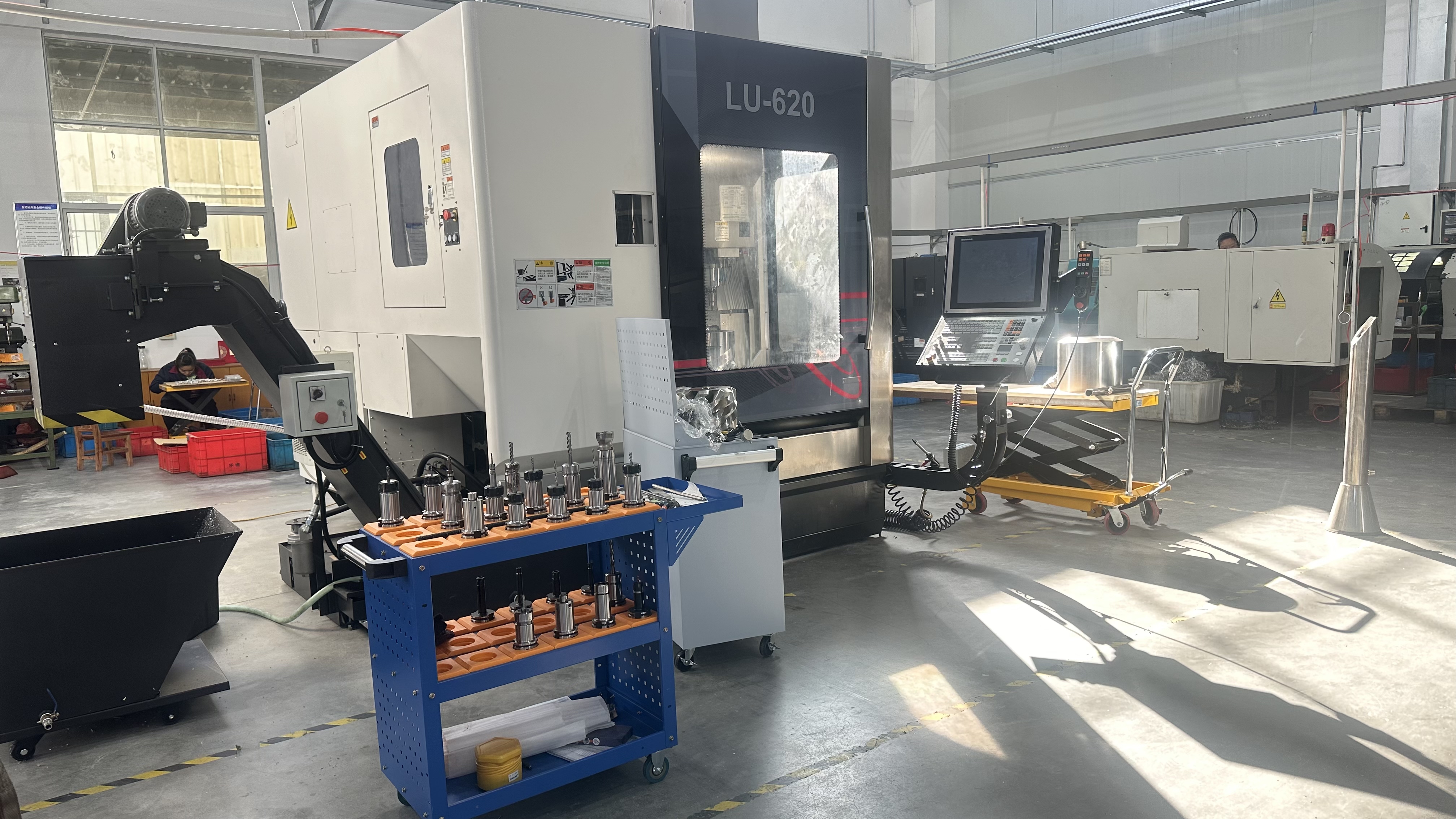Go Kart 219 Sprocket: Power Your Drive with Precision
The Go Kart 219 Sprocket is a critical drivetrain component engineered to transfer engine power to the rear axle, optimizing speed and torque for go-kart racing and recreational use. Crafted from high-strength materials like 6061 T6 or 7075 T6 aluminum, it’s designed for #219 pitch chains (7.95mm) and available in tooth counts from 60T to 97T, suiting engines like Predator 212cc, Rotax Max, IAME X30, or Briggs LO206. Compatible with chassis from Tony Kart, OTK, CRG, and Manco, and axles from 25mm to 50mm, this sprocket is a favorite among racers, mechanics, and DIY builders, complementing your interest in components like engine mounts for custom setups. Whether you’re dialing in gear ratios for a sprint track or upgrading a backyard kart, the Go Kart 219 Sprocket delivers lightweight durability, precise chain engagement, and versatile performance for every lap.
What Is a Go Kart 219 Sprocket?
A Go Kart 219 Sprocket is a toothed wheel that meshes with a #219 pitch chain, connecting the engine’s drive sprocket to the rear axle to propel the kart. Typically CNC-machined from aluminum alloys like 6061 T6 for affordability or 7075 T6 for premium racing, it features tooth counts from 60T to 97T and mounts via 3-hole (58mm) or split hubs. Its design ensures smooth power transfer, allowing gear ratio adjustments to balance acceleration and top speed, a key factor in kart performance.
Why Use a Go Kart 219 Sprocket?
This sprocket reduces drivetrain weight compared to steel, enhancing acceleration and handling, as you’ve explored with lightweight mounts. Its #219 pitch is standard for non-shifter karts like TAG and Cadet classes, offering precise chain fitment for minimal friction. Durable finishes extend lifespan, and split designs enable quick trackside swaps, making it ideal for racers tuning for conditions or builders upgrading for efficiency.
Designed for Speed and Compatibility
Our Go Kart 219 Sprockets are built for axles from 25mm to 50mm, with options in 60T to 97T for gear ratios from ~4:1 to 7:1, and one-piece or split configurations. Available in anodized aluminum finishes (black, gold, or silver), they fit chassis like Kosmic, Birel ART, and Yerf-Dog, supporting engines from 150cc to 300cc, ensuring a reliable, adaptable drivetrain upgrade for racing or casual karts.
Key Features of the Go Kart 219 Sprocket
The Go Kart 219 Sprocket blends precision engineering, lightweight materials, and practical functionality, making it a top choice for kart performance. Here’s what sets it apart.
High-Grade Aluminum Alloy Build
Crafted from 6061 T6 aluminum (45,000 PSI tensile strength) or 7075 T6 (73,000 PSI for racing), these sprockets weigh 0.3-0.7 pounds (e.g., 75T at 0.5 lbs). Hard anodizing (30-50µm) resists wear and corrosion, lasting 500-700 hours in dry conditions or 1,000 hours in wet, offering durability for intense racing or recreational use.
Optimized Tooth Geometry
CNC-machined teeth achieve 0.01mm precision, ensuring the #219 chain (7.95mm pitch) sits perfectly in each tooth valley, reducing friction and drivetrain loss. This design distributes chain load evenly, minimizing wear, and supports ratios from 60T (torque-focused) to 97T (speed-focused), allowing tailored performance for tracks or trails.
Hard Anodized or Anti-Friction Coating
Black or color hard-anodized finishes, sometimes with anti-friction coatings, protect against scratches, chain abrasion, and UV fading. These coatings rival 7075 T6’s durability at a lower cost, making 6061 T6 models ideal for club racers, while 7075 T6 suits pro setups, ensuring long-term reliability in varied conditions.
Split or Ultra-Lite Configurations
Split sprockets (two-piece, bolted) allow axle-mounted swaps without chain removal, saving pit time, as seen in RLV Black Diamond models. Ultra-lite one-piece designs (up to 35% lighter) reduce rotating mass, boosting acceleration, with 3-hole (58mm) or square-hole mounts ensuring secure fitment across kart brands.
Applications of the Go Kart 219 Sprocket
The Go Kart 219 Sprocket’s adaptability and strength make it suitable for a variety of karting scenarios, from competitive racing to custom builds, aligning with your focus on performance parts.
Competitive Kart Racing Precision
In sprint, oval, or TAG racing, this sprocket fine-tunes gear ratios on chassis like OTK or Tony Kart, paired with engines like Rotax Max or IAME X30. Lower teeth (60T-75T) maximize torque for technical tracks, while higher teeth (80T-97T) boost speed on straights, ensuring lap-time gains and drivetrain efficiency, critical for Cadet or senior classes.
Recreational Kart Performance Boost
For club racers or casual drivers with Predator 212cc or Honda GX200 engines, the sprocket’s lightweight aluminum enhances agility on Manco or Yerf-Dog chassis. Its durability suits backyard tracks, offering low-maintenance upgrades for family karts or rentals, improving responsiveness without complex mods.
Custom Builds and Drivetrain Mods
DIY builders, like your interest in mounts and sprocket guards, use these sprockets for bespoke karts, fitting engines like Briggs LO206 or Tillotson. Split designs simplify gear testing, while anodized finishes add style to show karts, streamlining drivetrain setups for unique or retrofitted chassis.
Off-Road and Variable Conditions
In off-road or dusty environments, the sprocket’s anodized finish resists debris and corrosion, pairing with #219 chains for rugged karts. Mid-range teeth (70T-85T) balance speed and torque on trails, ensuring reliable power transfer in mixed terrains, ideal for adventurous setups.
Technical Specifications and Installation Guide
To ensure optimal performance, understanding the Go Kart 219 Sprocket’s specifications and proper installation is key. Here’s a detailed breakdown.
Size and Compatibility
Our sprockets fit #219 pitch chains (7.95mm), with tooth counts from 60T to 97T (~152mm to 245mm diameter) and mount on axles from 25mm to 50mm via 3-hole (58mm) or square-hole hubs. They’re compatible with chassis from Tony Kart, CRG, and Hammerhead, and engines from 150cc to 300cc (e.g., IAME KA100, ROK VLR), ensuring broad fitment.
Material Strength and Durability
6061 T6 aluminum offers 45,000 PSI tensile strength, lasting 500-700 hours in dry conditions or 1,000 hours with anodizing in wet environments, while 7075 T6 (73,000 PSI) extends to 700-1,200 hours. Hard-anodized coatings (30-50µm) resist chain wear, ensuring reliability under high-RPM racing or casual stress.
Step-by-Step Installation Guide
Preparation: Choose tooth count (e.g., 75T for balanced tracks) and verify axle size (e.g., 40mm). Gather sprocket, hub, M6 bolts, chain, and tools (e.g., 10mm wrench, hex key).
Positioning: For split sprockets, align halves around the axle; for one-piece, slide onto the hub. Use a straight-edge to center with the clutch sprocket (e.g., 10T-12T), ensuring 1/8” chain clearance.
Securing: Tighten M6 hub bolts to 8-12 ft-lbs in a star pattern. For split designs, torque connecting bolts to 5-10 ft-lbs, checking for flush alignment. Adjust chain to 1/4” slack.
Final Check: Spin the axle to confirm smooth chain engagement and no wobble. Test at idle to verify alignment and tension, repositioning hub if chain skips or binds.
Maintenance Tips
Inspect sprockets for tooth wear (e.g., hooking >0.5mm), anodizing chips, or loose bolts after races or dusty runs, cleaning with a soft brush and mild solvent. Re-tighten bolts after 50 hours and replace if teeth are worn or cracked, typically after 500-1,200 hours depending on material and use. Store in a dry place to prevent oxidation.




















